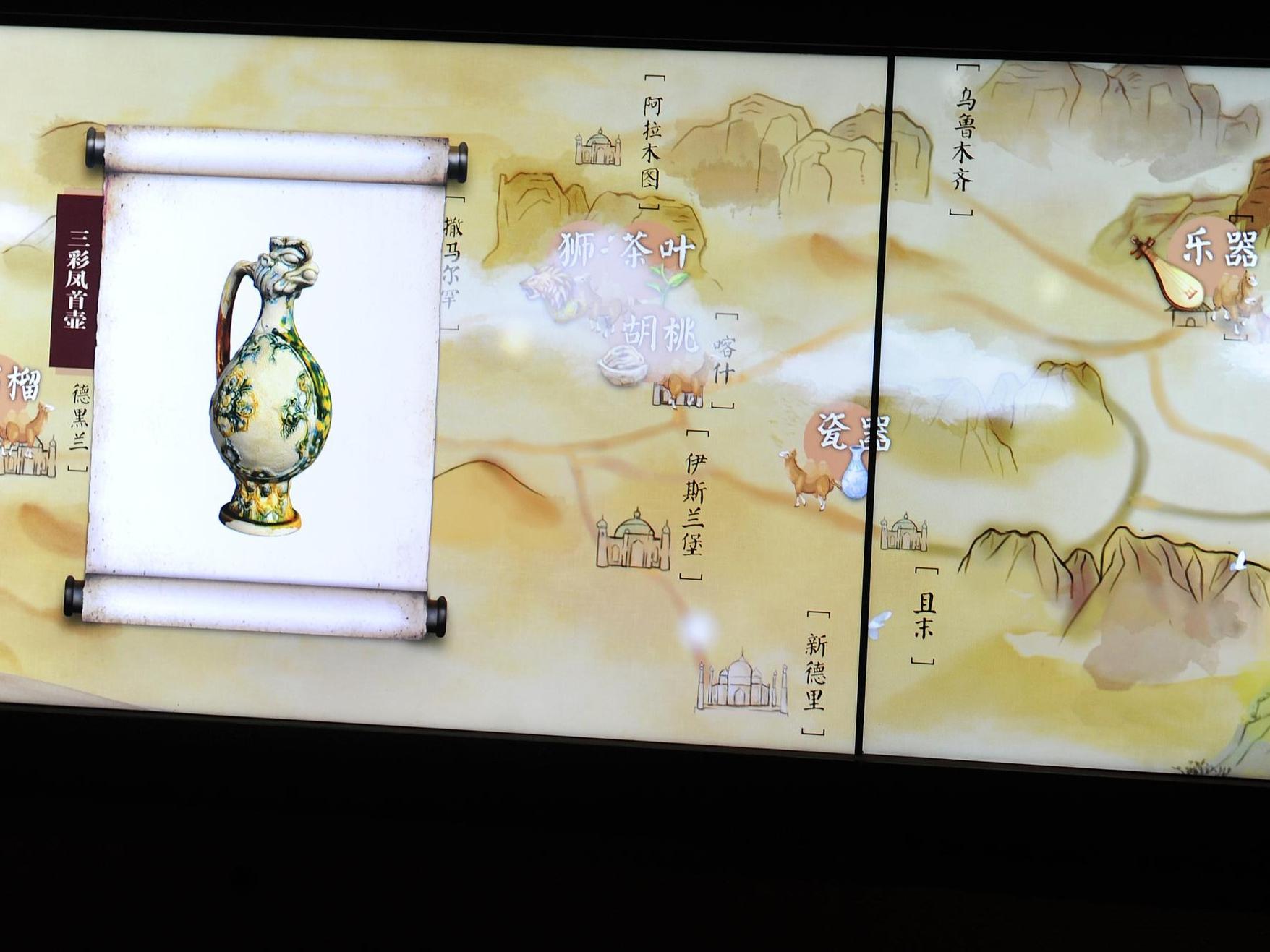NSFC Releases Measures to Boost Science Popularization
A?girl?interacts?with?a?robot?arm?at?an?exhibition?held?for?science popularization in?Beijing?on?September?17.?(PHOTO:?XINHUA)
By ZHONG Jianli
As communicating science to the people is an important part of building the national innovation system, the National Natural Science Foundation of China (NSFC) has issued some guidelines on strengthening science popularization in the new era.
The foundation will focus on enhancing the public's understanding of basic research, and make more efforts to popularize the innovative projects it funds,?according?to?the guidelines.
The primary target audience for science popularization work should be the youth and the general public, while the sci-tech community should be kept informed about the latest developments in basic research and sci-tech frontiers to improve its interdisciplinary research capabilities.
Inspiring scientific thoughts and methods should be promoted and importantly, scientists' stories should be disseminated among the people, said the guidelines.
Researchers working on NSFC-funded major projects or research programs should communicate their progress and achievements to the public. Researchers involved in youth science fund projects and regional science fund projects should actively engage in science popularization and include those achievements in their project results.
The NSFC will increase support for international cooperation and exchange projects, encourage international science popularization activities, and support researchers to join or take the lead in establishing international science popularization organizations to promote high-quality science resource-sharing at home and abroad.
The guidelines also noted a talent pool for science popularization should be established, which could tap the expertise of the considerable number of basic research experts funded by the NSFC. Efforts will be increased to strengthen cooperation with professional science popularization institutions and conduct regular skills training for various departments and researchers.







